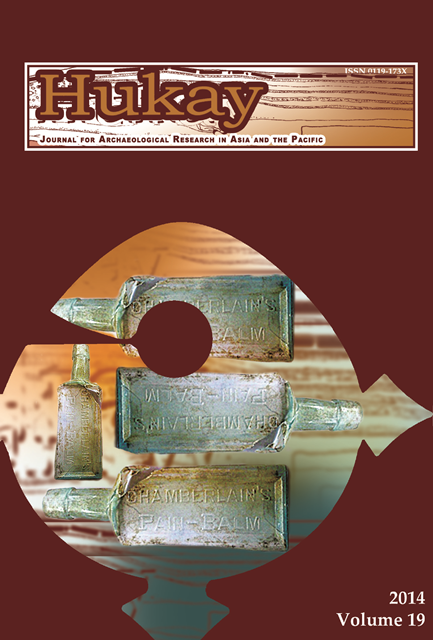Building in 19th Century Philippines
Abstract
Prominent structures in Philippine history include those constructed during the Spanish colonial period such as churches, fortifications, and “stone houses” or bahay na bato associated with the elite. The archaeological investigations of these structures have increased with the annual Field School of the University of the Philippines-Archaeological Studies Program (UP-ASP). This paper is an outcome of one such Field School conducted in 2011.The UP-ASP Field School 2011 conducted an archaeological investigation of a structure recorded as Structure B located in Barangay Pinagbayanan, San Juan, Batangas. This paper investigates the methods and materials used for the construction of Structure B and compares it with Structure A, an adjacent site previously excavated. Both structures were found to be bahay na bato. This paper sheds light on how building construction went about in 19th century Philippines based on archaeological evidence. It presents the different factors that influenced building construction, the peculiarities found in the construction of these structures, the challenges posed on the construction of a bahay na bato, and the mechanisms used to cope with these challenges in the 1800s.



